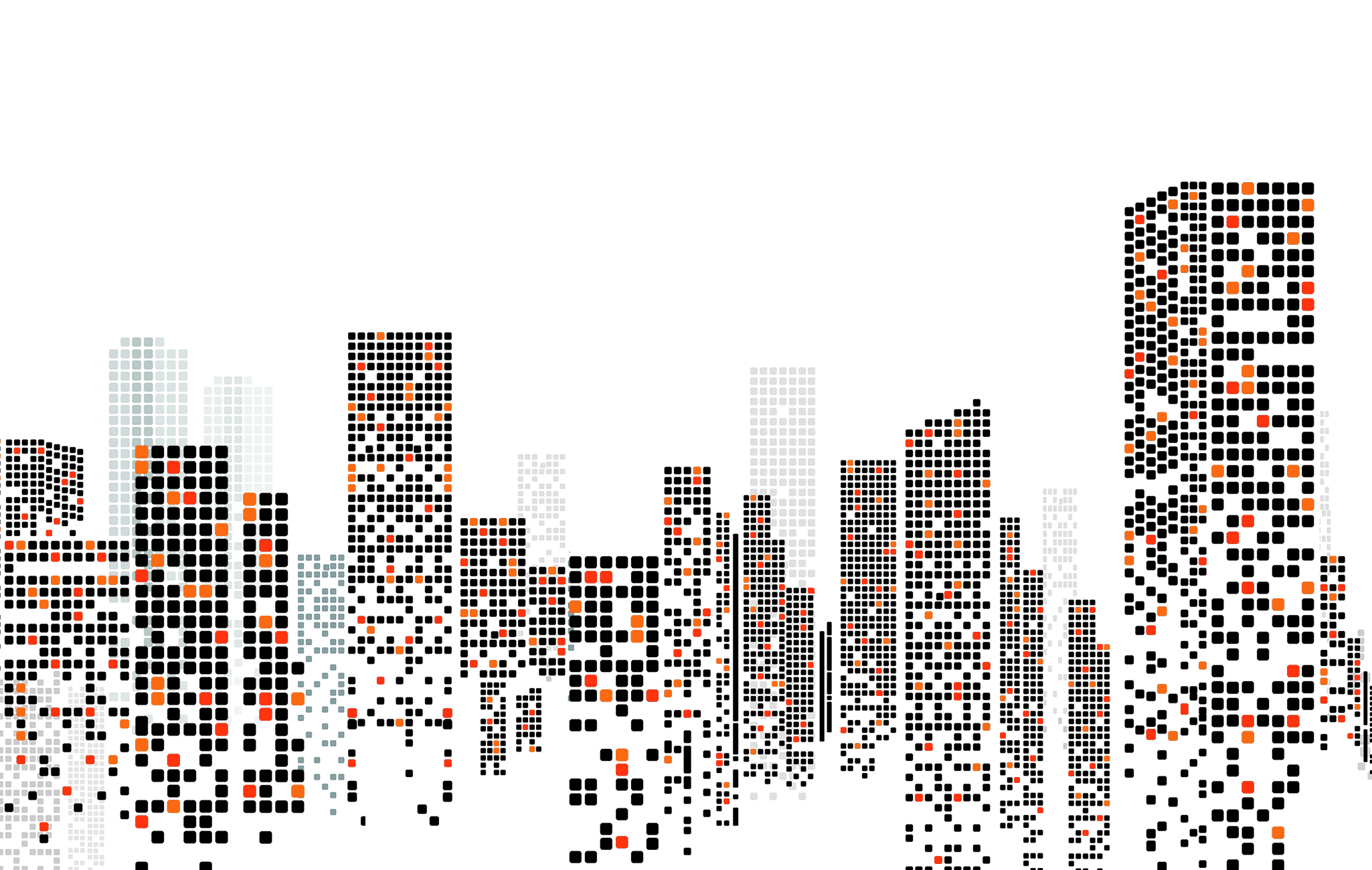

Designing for Inclusion with Victoria Lanteigne
Join us learning about the tools, trends, and design tactics of Universal Design, as well as the roots of this methodology and the impacts of its adoption.
Read
Buildings + Beyond explores how we can create a more sustainable built environment by focusing on efficiency, accessibility, and health.
Filter Projects